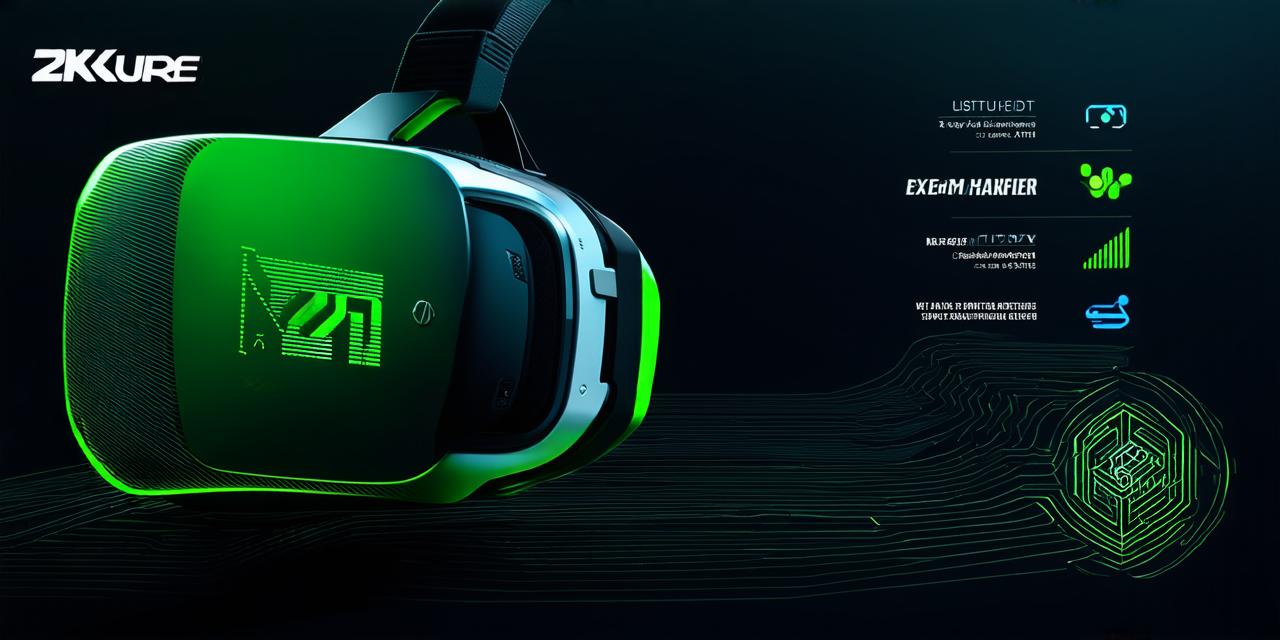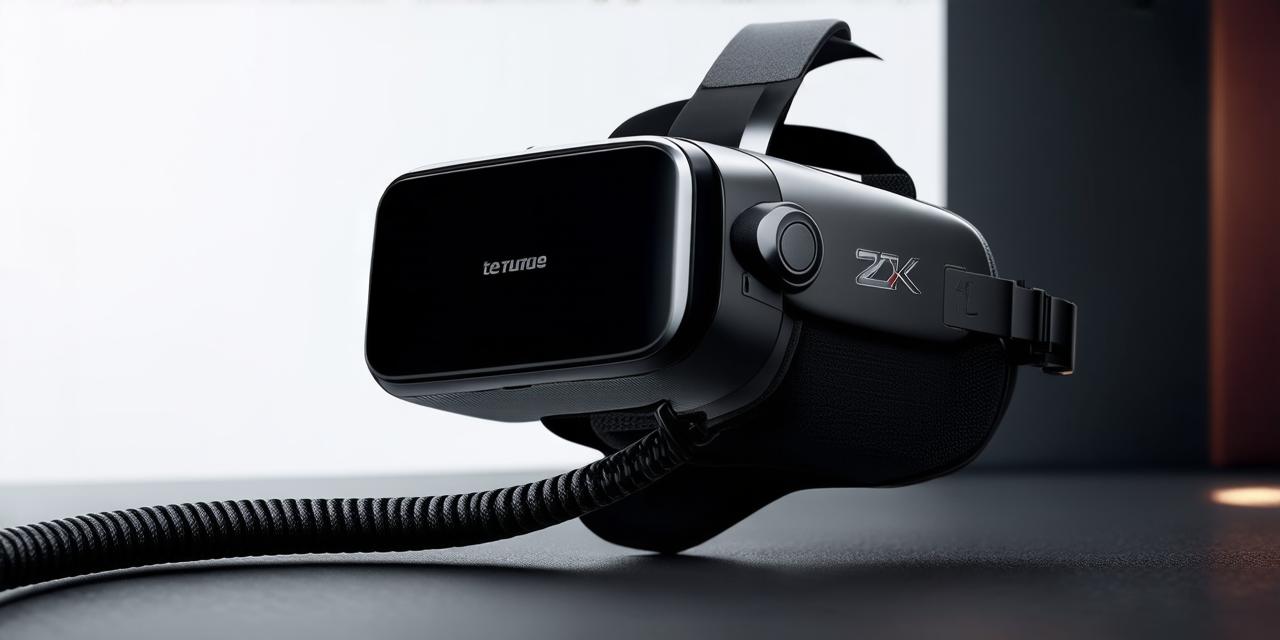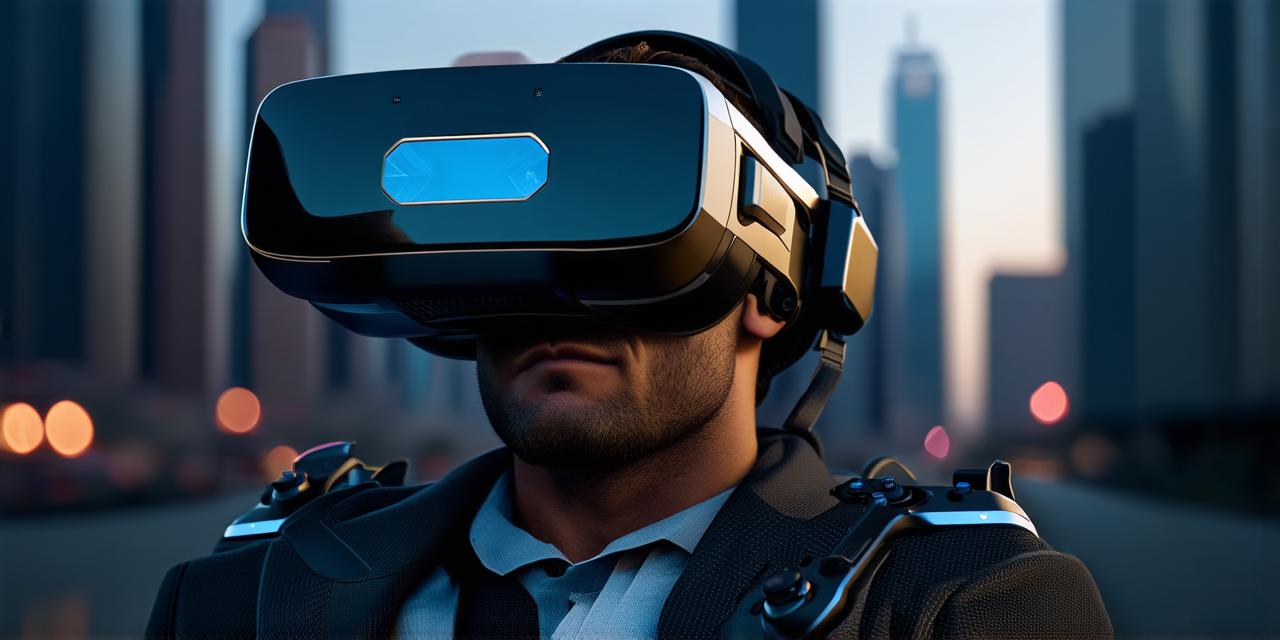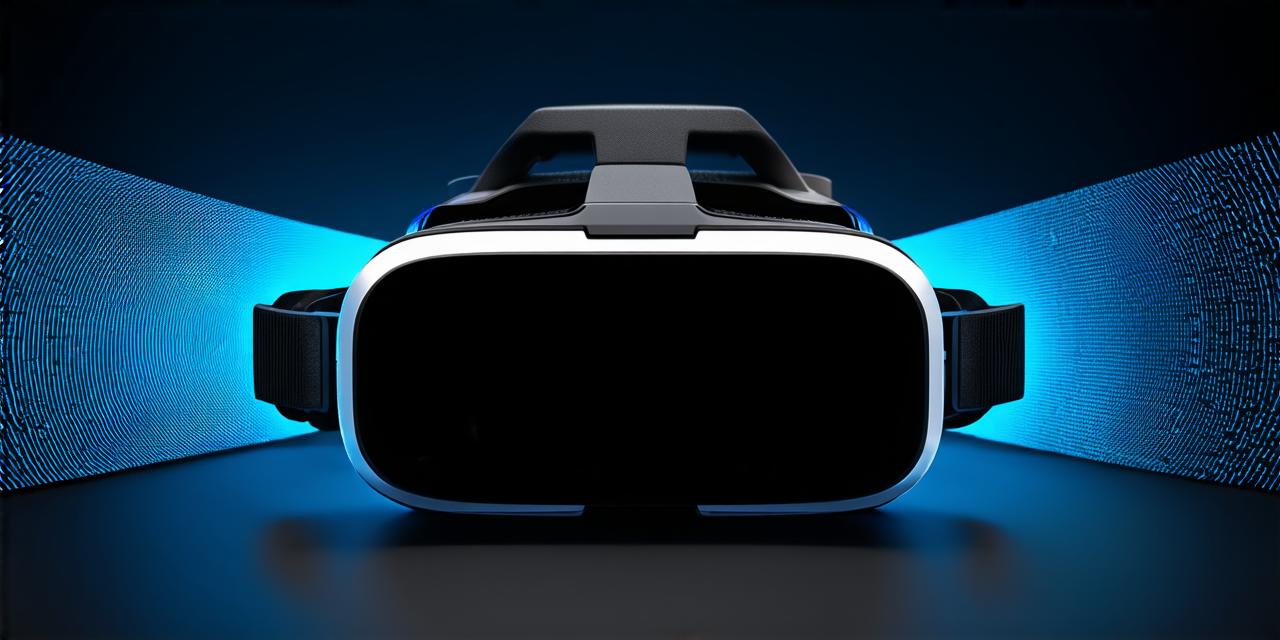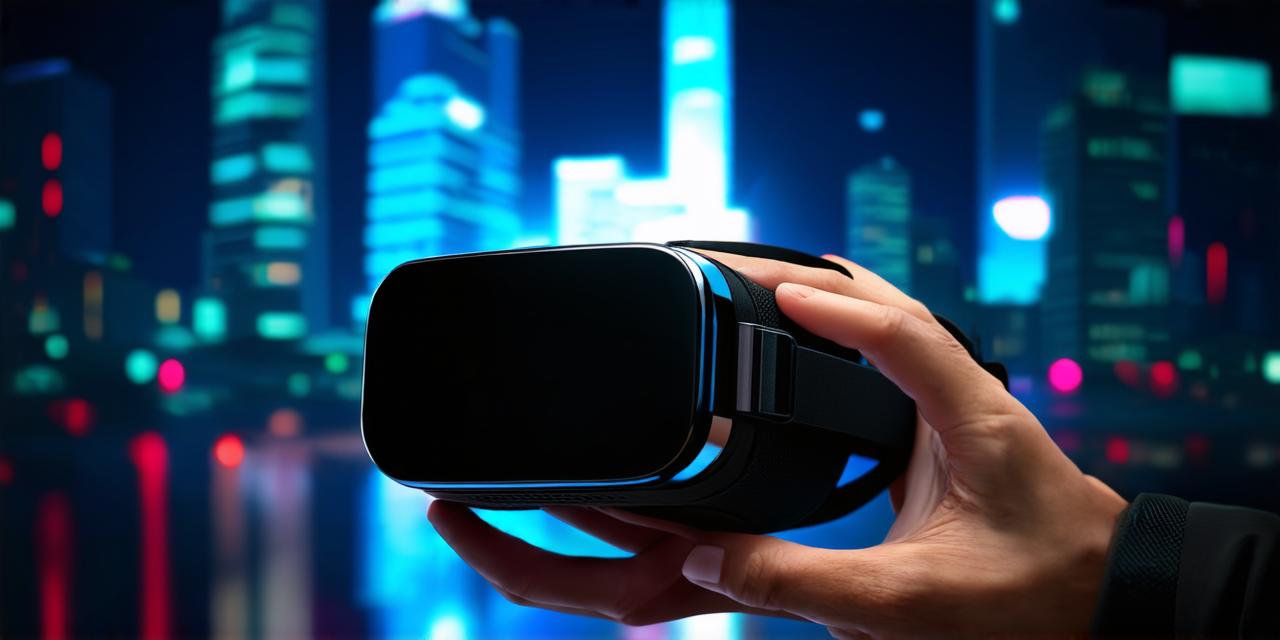Virtual reality (VR) technology is rapidly gaining popularity and changing the way we interact with digital content. As an AR developer, you may be considering incorporating VR into your projects to create more immersive experiences for users.
1. Identify Your Target Audience
The first step in marketing VR is identifying your target audience. Who are you creating the product for? Are they gamers, professionals, or consumers with a general interest in technology? Understanding your target audience will help you tailor your marketing message and choose the right channels to reach them.
2. Create Compelling Content
To market VR effectively, you need to create content that showcases the unique features of your product. This could include videos, images, or even interactive demos that allow users to experience your product firsthand. Make sure your content is visually stunning and engaging to capture the attention of potential customers.
3. Utilize Social Media
Social media is an excellent platform for promoting VR products. You can create dedicated social media accounts for your product and share regular updates showcasing its features, user reviews, and news. Additionally, you can use targeted advertising on social media to reach users who are most likely to be interested in your product.
4. Partner with Influencers
Influencer marketing is a highly effective way to promote VR products. You can partner with influencers who have a large following in the VR or gaming industry and ask them to share your product with their followers. This will help you reach a wider audience and gain credibility from an established influencer.
5. Attend Trade Shows and Events

Trade shows and events are excellent opportunities for AR developers to showcase their products to potential customers and partners. You can set up a booth or demo station at these events and offer users the chance to try out your product firsthand. This will help you get real-time feedback from users and build relationships with potential partners.
6. Optimize Your Website
Your website is an essential tool for marketing VR products. Make sure your website is optimized for search engines by including relevant keywords, meta tags, and descriptions. Additionally, make sure your website is easy to navigate and visually appealing to capture the attention of potential customers.
7. Focus on User Experience
The key to marketing VR successfully is providing an excellent user experience. Make sure your product is intuitive, easy to use, and provides a sense of immersion that will keep users engaged. Additionally, make sure your content is optimized for VR by using 360-degree videos and other techniques that enhance the immersive experience.
8. Monitor Analytics and Adapt Your Strategy
Finally, it’s essential to monitor analytics and adapt your strategy accordingly. Track user engagement metrics such as time spent on site, click-through rates, and conversion rates to understand what’s working and what isn’t. Use this data to make informed decisions about where to allocate your resources and how to optimize your marketing efforts.
FAQs:
Q: What is the best way to market VR products?
A: The best way to market VR products is by identifying your target audience, creating compelling content, utilizing social media, partnering with influencers, attending trade shows and events, optimizing your website, focusing on user experience, and monitoring analytics and adapting your strategy.
Q: How do I reach potential customers for my VR product?
A: To reach potential customers for your VR product, you can use social media, influencer marketing, attend trade shows and events, and optimize your website. Additionally, partnering with established companies in the industry or creating educational content that showcases the benefits of your product can also help you reach a wider audience.
Q: What metrics should I be tracking to measure the success of my VR marketing efforts?
A: You should track user engagement metrics such as time spent on site, click-through rates, and conversion rates to understand what’s working and what isn’t. Additionally, monitoring analytics can help you make informed decisions about where to allocate your resources and how to optimize your marketing efforts.
